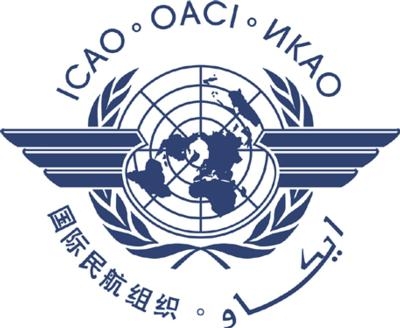Sat, Oct 20, 2012
Recognizes Experience In Design And Deployment Of PBS Approaches
At the ICAO Performance-based Navigation (PBN) Symposium this week, GE Aviation received ICAO’s endorsement as a qualified instrument flight procedure design organization. The endorsement will assist countries in identifying instrument flight procedure (IFP) design companies as they move to deploy PBN. GE Aviation’s portfolio of PBN services are designed to complement an Air Navigation Service Providers (ANSPs) existing design organization by offering full design services or support during the design and implementation process.

“This endorsement highlights GE Aviation’s expertise relating to design and deployment of beneficial PBN paths that ICAO is requiring by 2016,” said Giovanni Spitale, general manager for GE’s PBN Services business. “Our PBN business has been an industry pioneer in PBN implementation since 2003 and GE is pleased to continue working with ICAO states to support their PBN programs.”
GE Aviation was one of five service providers to receive the endorsement, ensuring it can proficiently develop safe and compliant flight procedures. To gain the endorsement, GE Aviation had to verify it met certain ICAO conditions and criteria, including effective quality and safety management systems, qualified and competent designers and published operational IFPs.
ICAO’s endorsement complements GE Aviation’s other recognitions as a qualified PBN design company including: FAA Letter of Qualification to provide public-use RNP AR instrument flight procedures in U.S. airspace; FAA certified RNP SAAAR approval consultant; procedure design certification from the Australian regulator Civil Aviation Safety Authority (CASA); instrument flight procedure service certification from the Civil Aviation Authority of New Zealand; and qualification from Transport Canada to design and maintain PBN procedures.
PBN technology allows aircraft to fly precisely-defined flight paths without relying on ground-based radio-navigation signals. Required Navigation Performance (RNP) procedures, an advanced form of PBN technology, can be designed to shorten the distance an aircraft has to fly en-route, to reduce fuel burn and exhaust emissions and to reduce noise pollution in communities near airports. Because of RNP’s precision and reliability, the technology can help air traffic controllers reduce flight delays and alleviate air traffic congestion.

More News
Aero Linx: Model Aeronautical Association of Australia MAAA clubs are about fun flying, camaraderie and community. For over 75 years, the MAAA has been Australia’s largest fl>[...]
Touchdown Zone Lighting Two rows of transverse light bars located symmetrically about the runway centerline normally at 100 foot intervals. The basic system extends 3,000 feet alon>[...]
“Discovery and innovation are central to our mission at Virgin Galactic. We’re excited to build on our successful record of facilitating scientific experiments in subor>[...]
How To Get A Story On Aero-TV News/Feature Programming How do I submit a story idea or lead to Aero-TV? If you would like to submit a story idea or lead, please contact Jim Campbel>[...]
Student Pilot Reported That During Rotation, “All Of A Sudden The Back Of The Plane Kicked To The Right..." Analysis: The student pilot reported that during rotation, “>[...]
 ANN's Daily Aero-Linx (05.02.24)
ANN's Daily Aero-Linx (05.02.24) ANN's Daily Aero-Term (05.02.24): Touchdown Zone Lighting
ANN's Daily Aero-Term (05.02.24): Touchdown Zone Lighting Aero-News: Quote of the Day (05.02.24)
Aero-News: Quote of the Day (05.02.24) ANN FAQ: Contributing To Aero-TV
ANN FAQ: Contributing To Aero-TV NTSB Final Report: Cirrus Design Corp SR20
NTSB Final Report: Cirrus Design Corp SR20




